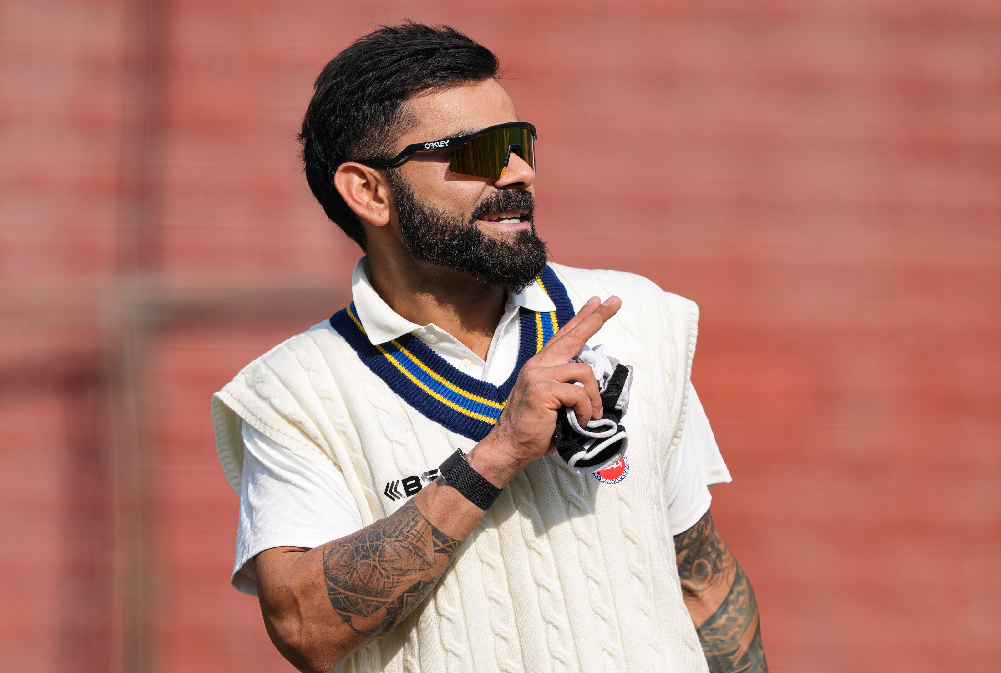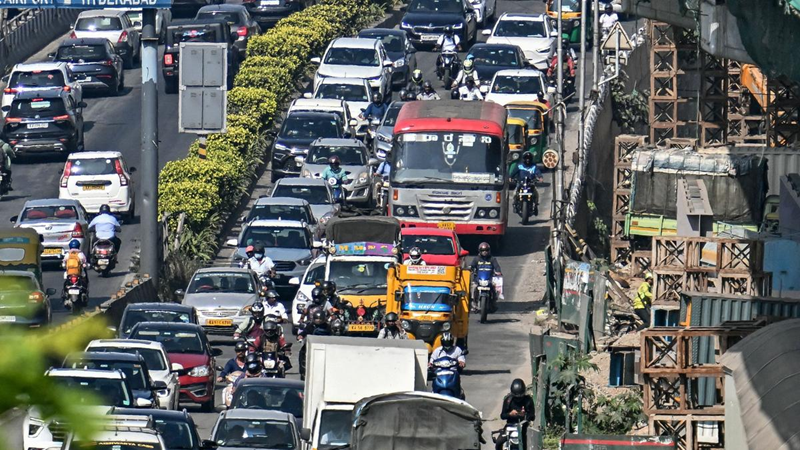
'UP' for grabs: Big fight for the biggest state
Political observers feel the upcoming UP assembly elections will be an indicator of what awaits parties in the Lok Sabha polls in 2024.
By M. A. Siraj
Of all the five states going to polls, the outcome in Uttar Pradesh would be unarguably the one that would cast its shadow on national politics prior to the General Elections slated for 2024. The State with 403 Assembly seats will be the toughest nut to crack for the Bharatiya Janata Party (BJP) which has ruled it for the last five years. To begin with, the party would have to contend with altered caste equations in the wake of the year-long farmers’ agitation which triggered mass mobilisation of the peasantry, especially from among the Jats who have dominated the political scene in the districts of western UP right from Independence.
Given the centrality of UP in national politics, the BJP will undoubtedly bet all it has to retain its hold for a second consecutive term in the State. In 2017, the BJP swept the state bagging 312 of the 403 seats. Of the 312, nine seats were won by its ally Apna Dal. Akhilesh Yadav-led Samajwadi party (SP) was a distant second with just 49 seats. The BSP’s decline began soon after it ended its five-year tenure (2002-2007). In the subsequent elections its numbers came down to 80 in 2012 and just 19 in 2017. Given the unimaginative leadership of Mayawati, it is difficult to predict if her party will even retain those small numbers. The size of and sound generated by Congress leader Priyanka Gandhi Vadra’s meetings does inspire some expectation, but the moribund state of the party belies all hopes. The party’s cadres have all but deserted its ranks.
The BJP’s main worry emanates from nearly 150 constituencies in western UP, the Jat belt. A combination of Jats and Muslims has the potential of outclassing all other equations. The BJP could pick a rich harvest of seats by driving a wedge between the two communities following riots in Muzaffarnagar in 2014. But the farmers’ agitation has healed the cleavages and brought the two communities on the same page. Memories of roguish killing of four farmers by the SUV driven by Ajay Kumar Teni, son of a Union Minister, have only fuelled the anger. The members of the Gujjar community too betray a distinct inclination towards the SP. Noted Gujjar leader Avatar Singh Badana, a BJP MLA, recently resigned from the party to join the SP and so did another prominent community leader Naresh Gujjar.
The completion of the five-year tenure under the chief ministership of Yogi Adityanatah could be rated as the most credible achievement of the BJP in UP. The party deserves full marks for that. But all is not hunky dory within the party. Yogi had not been on speaking terms with the second in command in the Government, Deputy Chief Minister, Keshav Prasad Maurya who lives a stone’s throw away from the CM’s house in Lucknow. A thaw in their ties was seen when the CM visited his deputy at his bungalow recently. The Suheldev Bharatiya Samaj Party (SBSP) walked out of the National Democratic Alliance two years ago, annoyed with the style of functioning of Yogi. Party leader Om Prakash Rajbhar who had resigned from the Yogi ministry in May 2019, had proved to be the most troublesome ally for the BJP. It is now part of the Samajwadi Party-Rashtriya Lok Dal (RLD) combine. Rajbhar’s differences stemmed from Yogi’s autocratic style of functioning. The Rajbhar community constitutes about 20 percent of the electorate in eastern districts of the State and is considered the second most dominant community after Yadavs. In the region lying between Azamgarh in the north and Varanasi in the south, the community’s votes can influence the outcome in nearly 60 constituencies. Om Prakash Rajbhar is seen as a grassroots leader who made his way up from an auto driver to jeep driver and then into politics as the founder of the Bhagidari Morcha.
Muslims constitute 25 to 30 percent in over 100 constituencies of western UP, representing 19 percent of the population in the State. Sulking under the BJP’s administration—their numbers have declined to 25 in the current 403-member House with just a single minister—they are determined to bet only on the winning horse. And political observers point out that it could be none other than the Samajwadi Party. Perturbed over their marginalisation, the community leaders see in Asaduddin Owaisi-led Majlis e Ittihadul Muslimeen (MIM) only a ‘B’ team of the BJP as it seeks to split the Muslim votes in a constituency where a Muslim would be naturally the candidate from a secular party. A race of sorts is on between the SP and the BJP to woo the Brahmins, nearly nine percent in the State. The buzz among the community likens the Yogi era to ‘Thakurwad’ with Brahmin officials being moved to insignificant positions. The SP rece
 English daily published in Bengaluru & Doha
English daily published in Bengaluru & Doha






